As I’ve explained in my article The Faery Wisdom about Race, Lucifer is not a devil, demon or even a male spirit. The word ‘lucifer’ or lightbringer in the Bible refers to the star of the morning, or Venus. This may come as a surprise to those who think that Lucifer is male, but more than that… as I set out to show here, she is represented as the Double Goddess throughout history, who is still in the sky at dawn, as the morning star, and is the first to rise at dusk as the evening star.
So I hope you’re settled down a nice hot steaming mug of chocolate, because we have a long journey to take…. through sacred iconography in cave art and mythological stories which begin way back in the mists of time.
The prehistoric Double Goddess
In prehistoric times, we find the Double Goddess in the form of a double-headed figurine ~ one body sharing two heads. Sometimes, the heads are next to one another or, at other times, can be placed at opposite ends of the torso. We can trace her in that form as back as far as the Upper Palaeolithic (about 25,000 years ago), and then on into the Neolithic period where the Double Goddess is found at Catal Hoyuk and Gozo, the tiny island off Malta.
Double Goddess ~ Upper Palaeolithic, France, circa 25,000
Catal Hoyuk Double Goddess
The Neolithic Double Goddess
We then find this archetype of the Double Goddess as we travel through the myths of the gods and goddesses of the Neolithic, but by now she is hiding a little behind the veil. However, if you peer very carefully, you can see her in the Egyptian, Greek and Indian myths, the Minoan double-headed axe, the Caduceus, the Kabbalah and Gnostic Christianity until she became so engrained in our psyches that we now automatically respond from our subconscious to the image of the Double Goddess in an almost Pavlonian way.
Isis and Nephthys
Demeter and Persephone
Even Christianity, not to be left out, had its own Double Goddess and very helpfully, gave them both the same name, so that there should be no mistaking the allusion.
Mary the Virgin and Mary Magdalene
Artwork and copyright: Krishna Rose
And today, the Double Goddess pops up yet again in one of the most popular ballets of all time, Swan Lake, with Odette and Odile as the white swan and the black swan.
Odette and Odile
What did the Double Goddess represent?
So there we have it ~ all these Double Goddesses coming down through time right up to the present day, but ever the utilitarian mind wants to know: “What were they for?” … and this is where good old Occam’s Razor lets us down completely. Occam’s Razor can only be wielded successfully by a total and utter polymath, a Renaissance man if you like. But we don’t have many of those around today and so we have been viewing these Double Goddess figures through a glass darkly.
Historical researchers into what they believe were matriarchal cultures during the Paleolithic era, such as Marija Gimbutas and Vicky Noble, see the Double Goddess as representing both halves of the moon ~ the waxing and the waning, the dark and the light, the menstruation and the ovulation. I think it’s a not unreasonable theory but I think there’s more to it than that and I will lay out my own stall shortly.
Here’s Vicky Noble on the subject of her book, The Double Goddess: Women Sharing Power.
Ancient Goddess religion was informed by the organic cycles of nature-the dual poles of Life and Death. The Double Goddess represents phenomena such as the Earth-Moon pair, the Upper-Underworld pair, the Summer and Winter poles of the seasonal year, and the dual poles of the female biological reality of menstruation and ovulation-the dark and the light. The Double Goddess in all her varied forms also depicts the vast array of potential relationships women can form with themselves and each other. This book is a celebration of an archetype that not only empowers women, but also teaches them how to share that power with each other.
Vicky Noble has picked up on the Double Goddess interpretations of researchers who study them in the Neolithic period, when man was gradually settling down to a more agricultural way of life. They think the Double Goddess of that time was meant as some sort of symbol representing summer/winter, dark/light. Thus Persephone’s abduction to the Underworld by Hades is thought, by them, to be a tale about the fertility of the land and the harvests, and that when Hades allows Persephone to return to the surface again each year, the crops will blossom again and the bull will mount the cow again etc.
Because this sort of seasonal cycles metaphor is used in this Greek Underworld myth, and also in the Babylonian Descent of Ishtar, I suppose one can’t blame some people for assuming that the metaphor of the barrenness of the land by these agricultural peoples is literal rather than representing a much deeper and deadly kind of barrenness.
In truth, I’ve always found those practical kinds of explanations somewhat unsatisfactory. I fail to see why the people of the Neolithic would need to be told stories about the cycling of the seasons when any ten-year-old would have already been aware of them. Our post-hoc reasoning from a culture obsessed with what we consume makes no allowance for the fact that to the ancients, the spiritual came well above the material in their To-Do lists.
Even as recently as about 4,000 years ago, we can find evidence of this way of thinking in the Indian Vedic caste system, where the Brahmin caste was higher than the ksatriya caste from which the king came. I also remember seeing some research about the Ainu a while back, which found that every single thing they did in their lives had a ritual attached to it because, to the Ainu, everything was sacred, right down to how they disposed of their fish bones.
Similarly, I’d be amazed if our earliest ancestral Eve needed dolls to teach her about menstruation cycles or the cycles of the moon. Natural processes were all ABC to the ancients. They’re only mysteries to us because we have cut ourselves off from the wild forests and the night skies. I appreciate that creativity and fertility were considered to be sacred, and were part of our ancestors’ reverence for Mother Earth, and therefore celebrated…. possibly … but there must have been more to the Double Goddesses than just an almanac and a lunar calendar.
My own view is that the Double Goddesses were part of a process of spiritual initiation. I base this opinion on the fact that the Double Goddess was very patently the main character within spiritual initiation myths and practises going back to the Mysteries of about 3,000 years ago which were held yearly across Mesopotamia, Egypt and the Mediterranean countries.
In the Eleusian Mysteries, the Double Goddess took the form of Demeter and Persephone. Later on, in the Gnostic Mysteries, it was in the form of Sophia.
This is from Jesus and the Goddess: The Secret Teachings of the Original Christians by Timothy Freke and Peter Gandy, with my bolding.
The Myth of Sophia
Christ represents consciousness. His lover/sister the Goddess represents the psyche. Christ represents the circle of the self. The Goddess represents the radius. The radius is a line with two ends. One is rooted in the centre of Consciousness and the other lies on the circumference, representing the body in the world. The Goddess is therefore thought of as having two aspects, sometimes known as the higher or incorruptible Sophia and sometimes lower or mortal Sophia. The first Sophia represents psyche in a state of Gnosis, united with Consciousness at the centre of the circle of Self. The second represents the psyche fallen into identification with the body on the circumference [of the circle].As in the Pagan Gnostic tradition, the Christian Gnostic Goddess is known by many names. Most commonly, she is called ‘wisdom’ …However, she is also known as Psyche, Zoe meaning ‘life’ and Achamoth, from the Hebrew for wisdom, and other names that we no longer understand, such as Barbelo.
The higher Sophia falls from being at One with the Father in the Heavens into the depths below and becomes the lower Sophia who, through forgetting her true identity, becomes trapped in material creation. (You can read this Gnostic myth in Pistis Sophia). This is the great Fall that we’ve all been made to feel so bad about, which St Augustine (354-430 CE) decided was the Original Sin, and which he said we’ve all been born into, and have to spend our lives trying to atone for.
However, no blame or sin is associated with this Fall because it was necessary. Sophia wanted to know what it felt like to be in material creation. As we so often say now, we’re not human beings walking a spiritual path but spiritual beings walking a human path. This would definitely have been Sophia’s motto, if she had been a real person. After tasting the fruits of the Garden of Eden, her path and only purpose in this life is to realise her Oneness again. This is the path of the initiate.
The Double Goddess as Lucifer
The fallen Sophia is also associated with Venus, “bright star of the morning” ~ and finally, we’re getting to the bit about Lucifer.
However, to nail one urban myth, Lucifer is never depicted in the Bible as Satan. Where Lucifer is associated with Satan is in John Milton’s famous poem, Paradise Lost.
As a result, this painting by Gustav Dore of Lucifer as Satan in Paradise Lost is how we’ve been conditioned to view the fallen angel.
If you have an Authorised King James version of the Bible, you’ll find Lucifer in Isaiah. Later translations have removed it.
“How art thou fallen from heaven, O Lucifer, son of the morning! How art thou cut down to the ground, which didst weaken the nations!” Isaiah 14:12
In fact, the word ‘Lucifer’ is a Latin word and was not, therefore, in the original Greek manuscripts. It comes from the words ‘lux’ (light/fire) and ‘ferre’ (to bear/to bring) and when put together means ‘bearer of light’ or ‘bringer of fire’. Lucifer is also one the Latin names for the morning and evening star, Venus. So is the Greek word Eosphorus or Phosphorous.
“At length as the Morning Star (Eosphorus) was beginning to herald the light which saffron-mantled Dawn was soon to suffuse over the sea, the flames fell and the fire began to die.”
Homer, The Iliad, Book 23“And after these Erigenia bare the star Eosphorus, and the gleaming stars with which heaven is crowned.”
Hesiod, Theogony
In the 4th century CE, St Jerome translated the Bible from Greek to Latin into what’s known as the Vulgate version. By then, most of the Gnostics had been routed out, killed or suppressed, and the Mystery Groves completely trashed and destroyed. So when Jerome replaced the “shining star of the dawn” with the Latin name for the planet, the meaning became lost. If we were to do the same with our modern day translations, we would put something like: “How you have fallen from heaven, O Venus, star of the morning.”
The Kabbalah also tells the tale of a goddess falling into incarnation before journeying upwards again, to regain her true self and state of Oneness with the True Bridegroom. The dispossessed heroine is also found in the tales of Cinderella and Snow White and the Seven Dwarves.
So with the Fall of the Double Goddess being the common root allegory for the human condition across a vast and multitudinous range of sacred myths and spiritual systems over thousands of years, it seems quite likely that this is the true meaning and purpose of the Double Goddess of the Palaeolithic and Neolithic ages too.
In conclusion, out of all that Fall mythology and iconography which has run so deep in the DNA songlines throughout the aeons, I don’t know of a single example of where 1) the Fallen is a man and 2) where Venus is a man. Therefore, it is my contention that Lucifer is a woman.

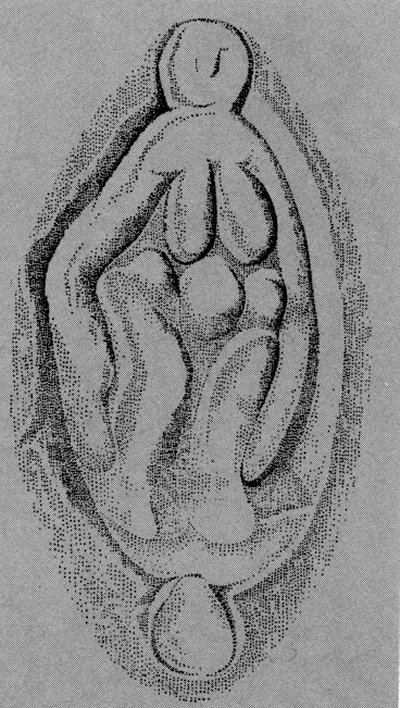
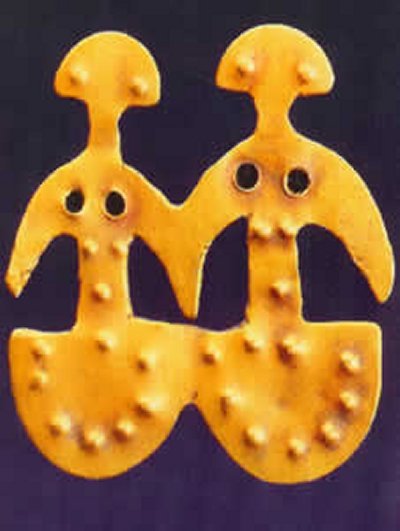

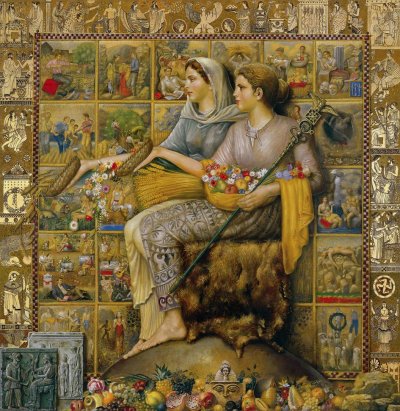
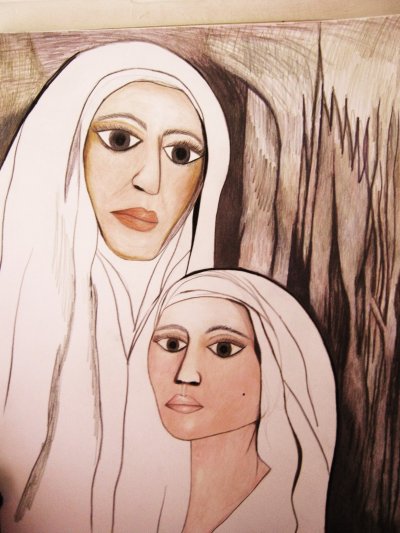
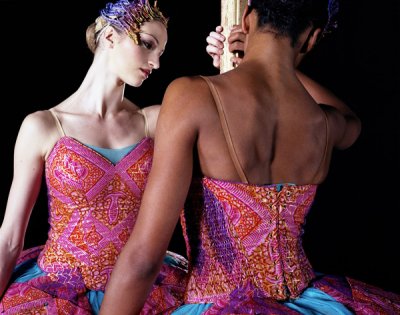
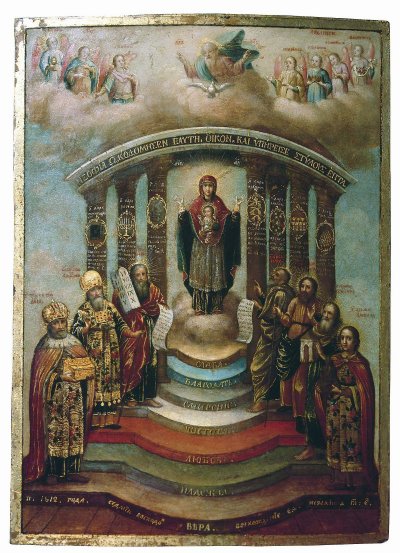


Thanks Annie, its been very smokey here from fires, so I have been drinking for a few weeks, works great for that !
LikeLiked by 1 person
Many thanks for this fascinating article. I have a mullein drying in my kitchen that came into my garden about two months ago. I intend to make it into an alchemic tincture.
LikeLiked by 1 person
Double (Twin/Sister) Goddess – https://wp.me/p6B4GV-9il
LikeLike
Hi. I believe I’ve been able to prove from the bible that Lucifer is a woman. Would you have a look at my video, please? Thank you. https://youtu.be/zbDzPBCfhh8
LikeLike
Reblogged this on Cbmilne33’s Blog.
LikeLike
Ishtar, Babylon – words so romantic, sensorial and senseful, lustful and warm. I like this world. Thanks for making alive eternal mystic! Lucifer I think is exactly Ishtar, the pure “SIN” in a christian understanding. The fear of god is a male behaviour. That’s why they strived for power of priesthood. Women ever knew, that they are gods cos of giving birth. And this is the other side of the christian-judeo god, Satan oder Lucifer (popularly named). Lucifer is female, clear clear clear!
LikeLike
In the Baltic traditions the morning star Auseklis is male – http://en.wikipedia.org/wiki/Auseklis
LikeLike
This is truly heart warming. I am a Gnostic and your women empowering resarch is a key goal of modern Gnostics. To restore women is the only way this world is changed. I find it truly satisfying that you have studied the Babylonian Goddess Ishtar. In terms of the Double Goddess theory I suggest you take a look at the Earthly Goddess of Mesopotamia, The Goddess Coatlicue, and in terms of the Trio of women Goddess stated above Hecate
LikeLike
Interesting post Ish!
Actually Satan has been depicted as a woman in films….’The Passion of The Christ’ and ‘The Ninth Gate’ and the remake of ‘Bedazzled’ a very seductive Lucifer!
So why not?
LikeLiked by 1 person
Hi Ramona…. did you see what just happened there? I spent hours writing a whole post to answer one of your questions and all it’s done is lead on to another of your questions, for which I will need to write another whole post to answer it.
Now, if you start doing some proper training with me, you’ll soon be able to answer these questions for yourself! 🙂 At the same time, you will ‘cross my palm with silver’ meaning that there will be a fairer and more equal exchange of energies between us. Let me know when you want to start! 🙂 With love and blessings.
LikeLike
Thank you for teasing out this mystery a bit, Ishtar, for not accepting the scholarly or popular assumptions. What still niggles at me though is the verse you quote from Isaiah. What was this fall of the morning star into the sea (and apparently viewed as a calamity) all about? Is it a reference to the dispossessed heroine that later found its way into the Kabbalah?
LikeLike
Well, as I’m an eccentric European, my view is bound to be Eurocentric! 🙂
Thanks for your comments!
LikeLike
Another fabulously presented and interesting post, but typically Eurocentric in the thought/proof process. This is not a criticism, it is an observation. The concept of the malevolent and/or Light-Bearer who falls from grace is considerably different among cultures of other continents. Many cultures don’t even have a Lucifer concept of an epic battle with the God Energy; the “trickster” is there to keep the human thinking, evolving, and making choices – which, according to Christian doctrine is why Lucifer and other angels became jealous. The God Energy gave man the ability/opportunity to have choice and the angels did not. Again, I appreciate your eloquent presentations and “brain fuel”! If I were to ever consider that the Lucifer concept was Female, I would agree along the lines of the adage: Hell hath no fury like a Woman scorned!
LikeLiked by 1 person
Thank you for your warm support! It’s good to hear someone else is working along similar lines to myself, particularly as they are springing from my own thoughts and not from anyone’s else’s theories. I put the Double Goddess of the Palaeolithic/Neolithic and Lucifer together myself and there may be some that believe that I haven’t really made the case, that I haven’t really ‘proved’ or shown the join between the Palaeolithic and Neolithic double goddesses. But I’m satisfied with it, as I believe the inspiration came from my spirits, and they are never wrong! 🙂 Lovely to meet you, I hope you stick around. x
LikeLike
Thanks for this wonderful post. I’m working on a book of poetry in which Lucifer is a major figure — Lucifer as the Beloved of God, who fell from grace due to an impossible love. I see the myth, as you have, in relation to other exiling – Sita, thrice, into the forest; Inanna into the underworld – and am deeply intrigued by the question of personal volition in all these cases, the choice to excavate, the choice to stand true to what one believes. The Latin etymology of the name Lucifer, the connection to Venus – I’ve been researching all of these as well, and I just wanted to reach out to a kindred thinker (if not a kindred soul) and send you much warmth.
LikeLike
Ahhhh………
But then there is the triple Goddess of the ancient (pre-Islamic) Arabian Peninsula:
Al-Uzza, Al-Lat and Menat. Al-Uzza carried, among other salient points of her identity, the numen the Goddess of the Morning Star (Venus).
Why triple, a trinity? I’ll leave that open for this moment; enjoy the journey !
wódr̥
LikeLike